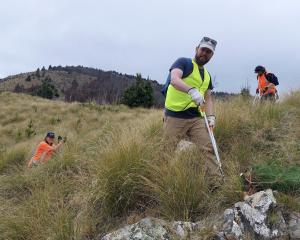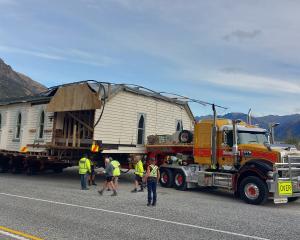Those concerned about a lack of cellphone coverage over the Haast and Lindis Passes and other "black spots'' should get an indication later this year about when the problem might be fixed.
Information and communications technology policy and programmes manager for the Ministry of Business, Innovation and Employment Jane Tier told the Otago Daily Times last week the ministry would be seeking proposals from infrastructure and service providers before the end of 2016.
These proposals would show which areas of New Zealand are "in scope'' for improved cellphone coverage.
The Government set up a $50million "mobile black spot fund'' last year and invited local authorities to identify black spots within their areas.
All Otago local authorities combined in a bid for a share of the funding, with tourist highways such as the two alpine passes high on the list of priorities.
The Lindis Pass, on State Highway 8, has a 57km black spot between Tarras and Omarama through which an average of 1500 vehicles pass each day, many of them international tourists travelling between Christchurch and Queenstown.
The Haast Pass, on SH6, has a 247km black spot between Lake Hawea and Fox Glacier.
Concerns have been expressed previously about the length of time it can take for emergency services to be alerted to a crash in the black spots.
The Otago bid also refers to the safety of cyclists using routes such as the Otago Central Rail Trail, Alps to Ocean Trail and Clutha Gold Trail.
The upgrade of cellphone coverage is linked to the Government's rural broadband initiative designed to improve internet services to country areas.
Ms Tier said once the commercial negotiations with providers were complete, the Government would announce the areas to be included in both programmes.
The Government aims to have 99% of New Zealanders with access to broadband speeds of at least 50Mbps by 2025, the remainder with speeds of at least 10Mbps.












